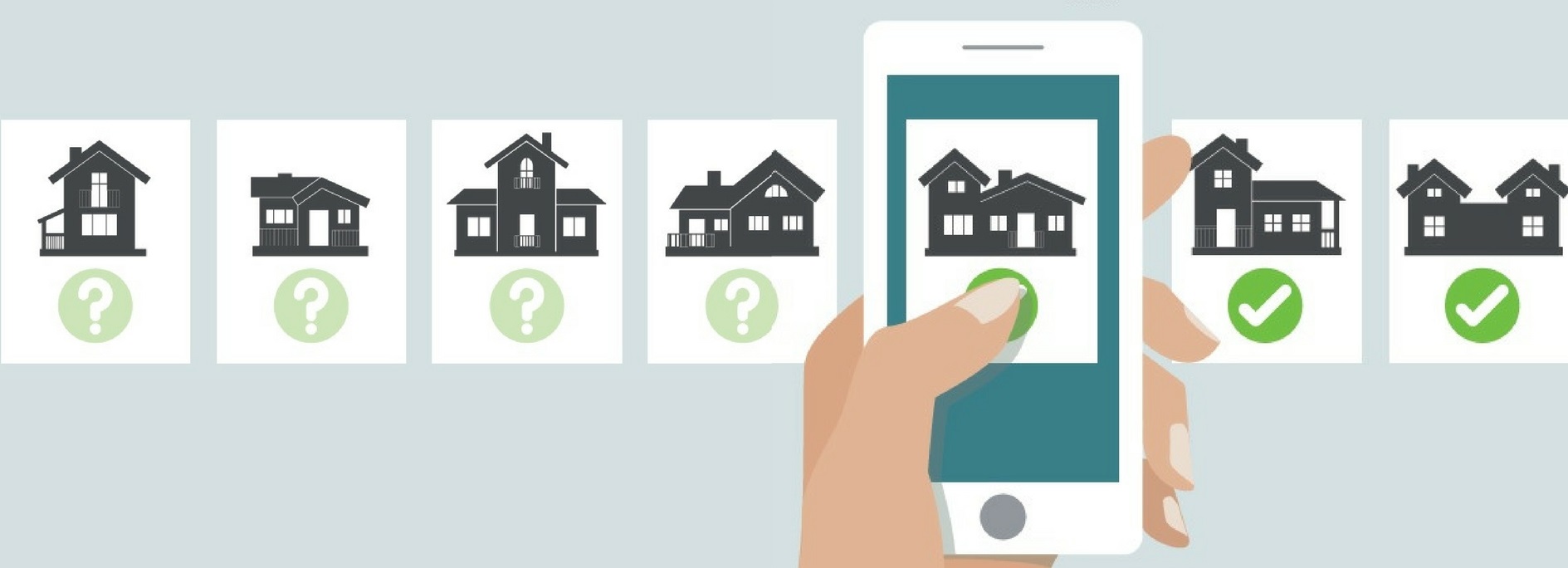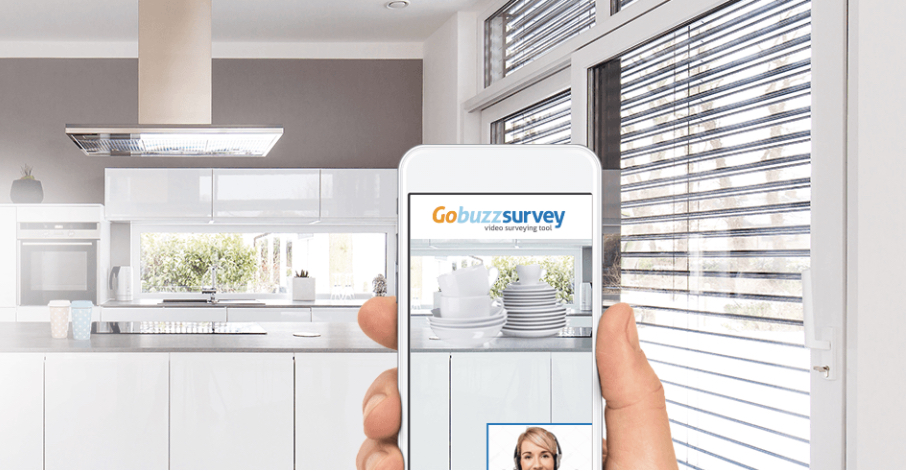Video surveys are proving increasingly popular in the removals industry. In this article, Damien Seaman from Buzzmove – which launched their Gobuzzsurvey video solution earlier this year – explores the benefits of the new technology.

The removals industry doesn’t have a great reputation for innovation. But video surveying seems to be the exception. Here’s why recorded remote video chat is making waves. And why you should consider trying it in your own business.
1. They are ideal for international and corporate relocations
The dynamics of corporate moving have changed. Budgets are lower and employees are moving fewer belongings than in the past. To Gerson Relocation, this means a higher number of smaller-volume moves. For them, video surveys are perfect.
“Technology is a fantastic enabler in today’s frantic world. We’ve certainly found this to be the case with the launching of our remote video survey service,” said Mark Rising from Gerson. “It helps us keep our customer at the centre of everything we do.”
“Corporates also want their moves to be trackable,” adds Phil Oakey from Gerson. “Having a video record of what was agreed at the time of the survey helps the client to understand and review every aspect of a move.”
Louis Spies from White & Company said his firm was eager to start using video surveys for European moves. Another company said that just offering video surveys could help win relocation contracts from big corporates – especially in the tech sector.
2. You might get left behind if you don’t
 We estimate that 25% of large relocation companies are trialling video survey providers, or already using one full-time. There are two reasons for this. The first is to offer clients more choice and convenience. The second is to build a reputation for innovation. “It shows potential clients you are progressive in your change management and attitude toward technology,” one of them said.
We estimate that 25% of large relocation companies are trialling video survey providers, or already using one full-time. There are two reasons for this. The first is to offer clients more choice and convenience. The second is to build a reputation for innovation. “It shows potential clients you are progressive in your change management and attitude toward technology,” one of them said.
“We expect a huge increase in demand and for video surveys to become the expected norm,” said Onkar from Eagle Relocations. Grant Hodgkins from Pearsons said: “We aim to be a company that moves with the times, which is often not the case in this industry.”
3. Customers are increasingly demanding them
Several companies we spoke to said demand for video surveys is increasing. “In the last couple of months corporate clients have been asking for it because they’re more aware of the possibility,” said Louis from White & Company.
Another company added: “Millennials are coming through fast as an influential demographic. The volume of goods they’re shipping is that much smaller, and they don’t necessarily want to know the fine details that come with a face-to-face survey. Our expectation is that demographic is more likely to choose video surveys.”
4. They can help transform your business and increase your profit margins
Every company we spoke to anticipated that their use of video surveys would increase in the next six to twelve months. One of them said they planned to use video for up to 90% of booked moves and 60% of quotes. Yet companies were also clear that video would not replace traditional physical surveys. As Louis Spies said, “Video is a handy way to deal with overflow surveys, where we don’t have capacity for physical surveys.”
Grant from Pearsons agreed: “Especially at this time of year, anything that can reduce time is a big bonus, as we’re getting around 5,000-6,000 enquiries per month.”
And, as Mike Bentley from Gerson put it, “Video is a way for us to do stuff smarter.”
Reducing survey costs was also a major benefit for the companies we spoke to. Estimates of physical survey costs varied, from £50 all the way up to £250-£300 per survey, depending on distance.
“With video we could do 6 -10 surveys a day. Perhaps 12. Depending on the nature of the video survey, the time it takes to review and write up afterwards,” said one.
5. The cost of video surveys has come way down in the last 12 months
Just last year, video surveys would cost you $25 (£20) per survey, or $90 (£72) for a survey plus cubing. Now, thanks to more competition, the price has come right down. It now averages £10-£16 per survey, £25 for a full service option where the provider does it all for you, and £48 for a survey with automated cubing. Depending on which provider you choose.
In summary, Grant from Pearsons added: “Video surveys are much quicker and far cheaper than a physical survey. Add to this the benefit of out-of-hours surveying, recorded surveys and being able to perform a survey wherever has an internet connection; then you’re really on to a winner ".
www.gobuzzsurvey.com
Click here to see the next Editor's Pick